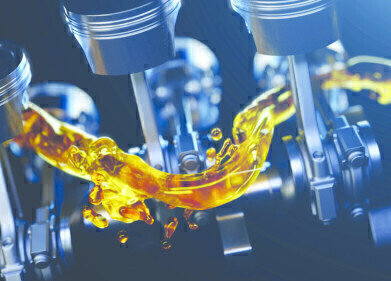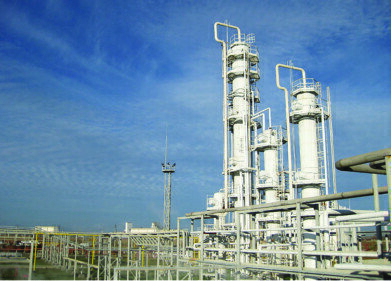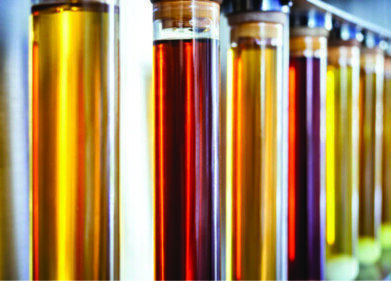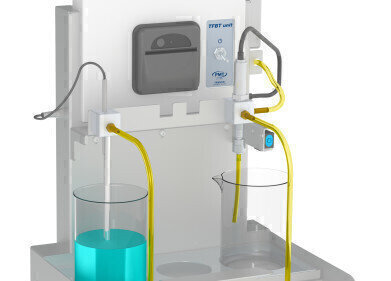Biodiesel
How is Biodiesel Measured in Fuel Oil?
Jun 17 2021
Renewable and biodegradable, biodiesel is lauded as the fuel of the future. Derived from organic plant and animal matter, the fuel is an eco-friendly alternative to petroleum diesel and can be used to power compression-ignition engines. In the United States the primary source for biodiesel is soybean oil, though the fuel can also be made from animal fats and cooking oil discarded by restaurants.
Why measuring biodiesel content is important
From lubricating ultra-low sulphur diesel (ULSD) to powering vehicles, biodiesel has an impressive range of applications. Many vehicle manufacturers also limit warranties based on biodiesel concentrations, making it critical not to exceed recommended percentages.
While incredibly useful, biofuel can be detrimental and dangerous when concentrations are not accurately measured. This has become an issue in countries such as Brazil, where biodiesel percentages have been incorrectly calculated due to issues like incomplete oil conversion and cost cutting practices. These types of scenarios have underscored the need for monitoring and bolstered the market for biodiesel analysers.
Calculating biodiesel concentrations
Biodiesel concentrations can vary significantly, with sophisticated analysers used to measure percentages. Measurements are taken using instruments like the Koehler Biodiesel Analyser, which complies with the widely used ASTM D7371 - 14 test method. Also known as the Standard Test Method for Determination of Biodiesel (Fatty Acid Methyl Esters) Content in Diesel Fuel Oil Using Mid Infrared Spectroscopy (FTIR-ATR-PLS Method), ASTM D7371 - 14 uses three calibration ranges to categorise biodiesel percentages.
- Low biodiesel (contains less than 10% biodiesel)
- High biodiesel (contains between 10% and 30% biodiesel)
- Fuels with biodiesel volume of more than 30%
Near-infrared (NIR) technology
Championed by instruments like the Koehler Biodiesel Analyser, near-infrared (NIR) technology offers accurate and precise biodiesel measurements. NIR operates at wavelengths of between 810 nm to 1045 nm, which allows for light absorption through molecular vibration frequencies. This creates wide and overlapping absorptions bands, with multivariable regression used to compare the spectral features of each band and calculate biodiesel concentrations. As well as laboratory-based testing, handheld NIR instruments offer the flexibility to profile samples in the field.
Eco friendly credentials and suitability for a wide range of applications has boosted demand for biodiesel around the world. With increased usage comes the need to tighten regulations and improve testing techniques. Writing on behalf of Koehler Instrument Company, Dr. Raj Shah introduces the latest techniques being used to measure key fuel properties in ‘Innovative near-infrared analyser to measure percentage of biodiesel in fuel oil.
Digital Edition
PIN 25.3 June/July
June 2024
Analytical Instrumentation - Recent Advances In Various Bench Scale Accelerated Oxidative Testing Methods For Fuels - Petrochemical Industry: Anton Paar Solutions Streamline Processes, Reduce H...
View all digital editions
Events
Jul 30 2024 Jakarta, Indonesia
Jul 30 2024 Jakarta, Indonesia
China Energy Summit & Exhibition
Jul 31 2024 Beijing, China
Jul 31 2024 Chengdu, China
Aug 05 2024 Moon Township, PA, USA



















